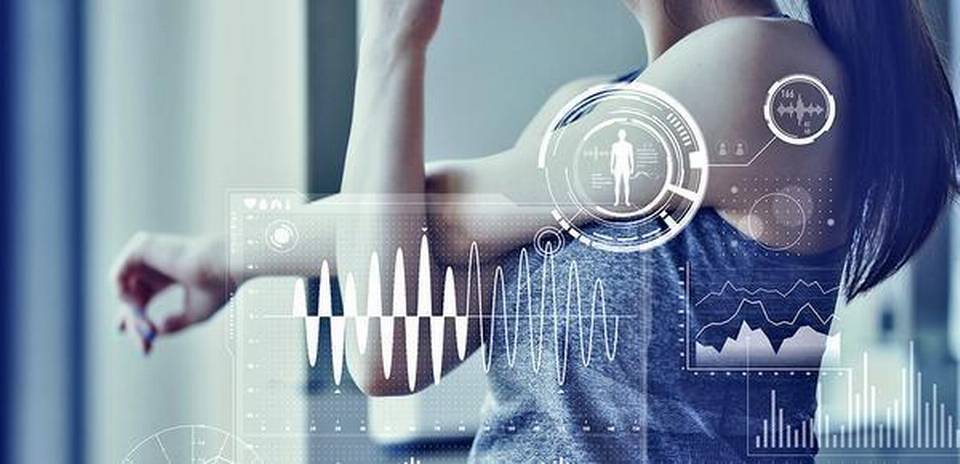Health care technology concept. Vital sign sensing.
It is in human nature to problem solve, and a whole new industry is likely to spring up to get information and entertainment across to us in ways other than screens
The last time I installed an app to measure how long I spent on the phone screen, I deleted it in a week. I am ashamed to say I found that I was spending eight hours on just one device, and this was in pre-lockdown times. During the lockdown, all we had for work and entertainment were our screens, whether to attend a Zoom yoga class, a Microsoft Teams meeting, or a WhatsApp video call with a group of friends. Screentime through the day was no longer punctuated with a colleague who’d stroll over to have a quick gossip; it was instead broken by a quick visit to an online store to buy groceries.
We have already realised that screens are like sugar: not obviously a poor health choice, but addictive to the extent that it can disturb circadian rhythms. Which means that it can mess with our sleep cycles, and in a natural corollary, push up the stress on our body, which in turn can adversely affect our work days, relationships, and even our weight.
It is in human nature to problem solve, and a whole new industry is likely to spring up to get information and entertainment across to us in ways other than screens. These ways will probably use our other sensory organs — touch, smell, hear, taste. Google recently launched its Podcast Manager, while Audible launched a campaign that encouraged people to “fly Audible” to ‘get away’ by listening to a book being read.
During the lockdown, people have proactively taken to baking, pottery, even crochet, seeing value in using their hands to form and create. Adult colouring books took off a few years ago; now there are sure to be many more hobby kits that encourage us to rekindle a childhood hobby or begin a new one. We’ve come to realise we live too much in the head, whether it’s with number crunching or generating ideas, even meditating.
While sensory marketing has become the norm, and brands tap into all aspects of the way a customer experiences its physical stores (including the aroma and music), we will very soon realise the health benefits of spreading our interactions with the world through all our senses.
Digital smell technology will allow us to smell the flowers of a tropical country in a white-winter land. Only recently, Ayballe, a digital olfaction startup raised 7.89 million dollars — a sign of where the industry is headed.
Perhaps gustatory tech will develop to the extent that we can taste and smell home: the sharpness of axone or the heady sweetness of jackfruit. They will take us away from just viewing, and will be marketed as tech that’s good for our overall wellbeing. After all, a technology that helps partners touch across miles, keeping off loneliness for just a little while longer, can help our mental health.
Maybe though, if we kept things simple, we will make things simple and choose to be with each other more — indulging in each other’s company, walking through a garden brought alive by the rains, cooking and tasting together, holding hands, touching someone’s cheek, ruffling hair. Because technology aside, these shared sensory experiences make up a balanced life.
Source: Will digital wellbeing have its own vertical in the near future? – The Hindu













